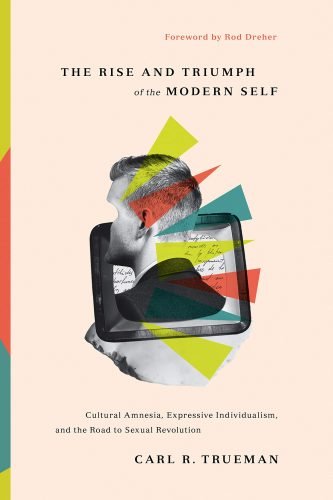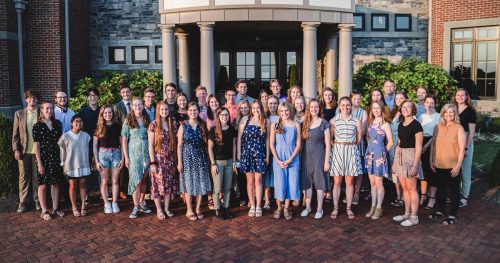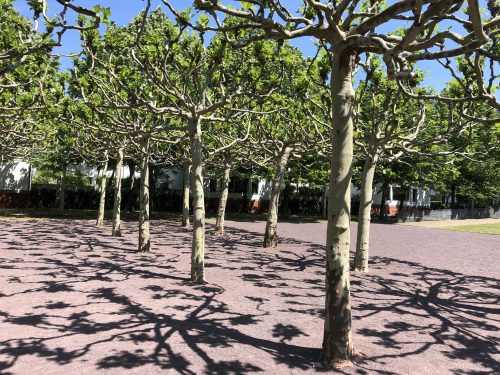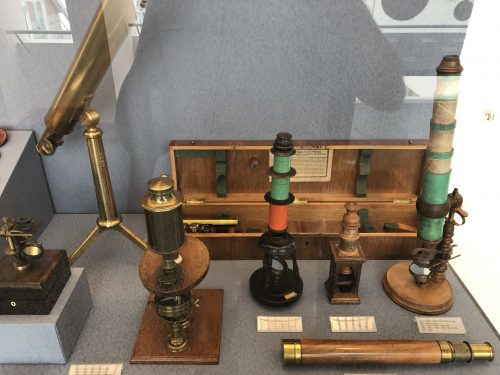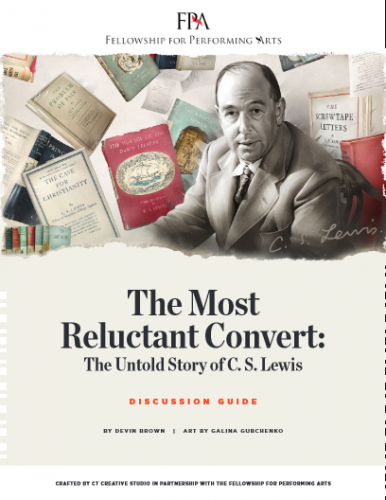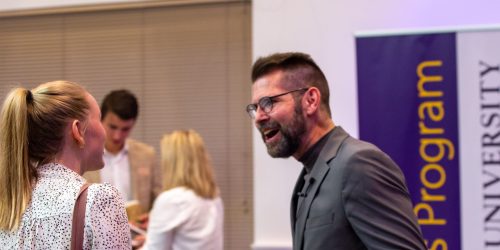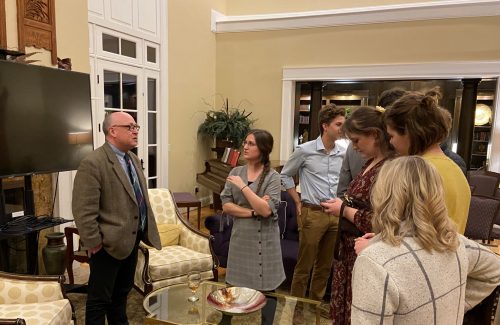
Dr. Calum MacKellar speaks at the Human Dignity Lecture Series
Here’s a brief write-up from Asbury University’s SEARCH website (reproduced by permission) on the talk given by Dr. Calum MacKellar, professional bioethicist, entitled, “Resurrecting Eugenics: Should Only Healthy Children be Born?” (A brief interview and video of his talk will be coming soon.) On February 10, the Asbury University Honors Program (AUHP) welcomed Dr. Calum MacKellar bioethicist from St. Mary’s University, London, UK to deliver a lecture titled “Resurrecting Eugenics: Should only Healthy Children Be Born?” to a packed room of students in the Kinlaw Library. The SEARCH-sponsored event was the second of a three-part lecture series on human dignity and
